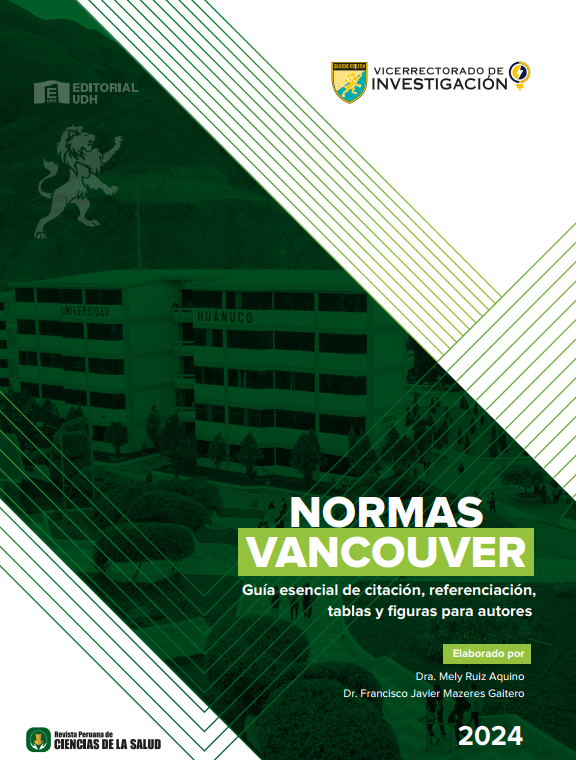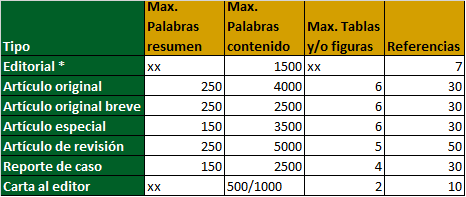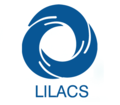Vascular brain accident and cerebral dominance in people living at high altitude
DOI:
https://doi.org/10.37711/rpcs.2019.1.3.23Keywords:
middle Aged, Stroke, Cross-Sectional Studies, Altitude, Brain Ischemia, Prospective Studies, Intracranial Hemorrhages, Basal Ganglia, Hypotension, Socioeconomic FactorsAbstract
Objective. To determine the clinical-epidemiological characteristics of stroke and the dominant hemisphere in people living at high altitude. Method. A descriptive, prospective, cross-sectional study was conducted from april to july 2016. 28(100%) patients with stroke diagnosed by imaging tests were included. Results. 19 patients (67.8 %) were women and 24 (85.7 %) were over 60 years old. 15 (53.5 %) had ischemic stroke and 13 (47.5%) had hemorrhagic stroke. the factors associated with the stroke were: age over 60 years old, low socioeconomic level, high blood pressure and being a woman. in 20 patients (71.4 %) the right hemisphere was involved, while in 8 patients (28.6 %) the left hemisphere was involved. in almost half of the patients the anatomical location was in the basal ganglia (42.9 %). right-handed manual preference was found in 75%, followed by ambidextrous manual preference (25%). Conclusions. It is concluded that the right cerebral hemisphere, not being dominant, was the most affected; being found more frequent of right-handed compared to ambidextrous, in a relation of 3:1. however, the frequency of ambidextrous people was higher at high altitude than at sea level.
Downloads
Downloads
Published
How to Cite
Issue
Section
License
Copyright (c) 2019 Revista Peruana de Ciencias de la Salud

This work is licensed under a Creative Commons Attribution 4.0 International License.
























